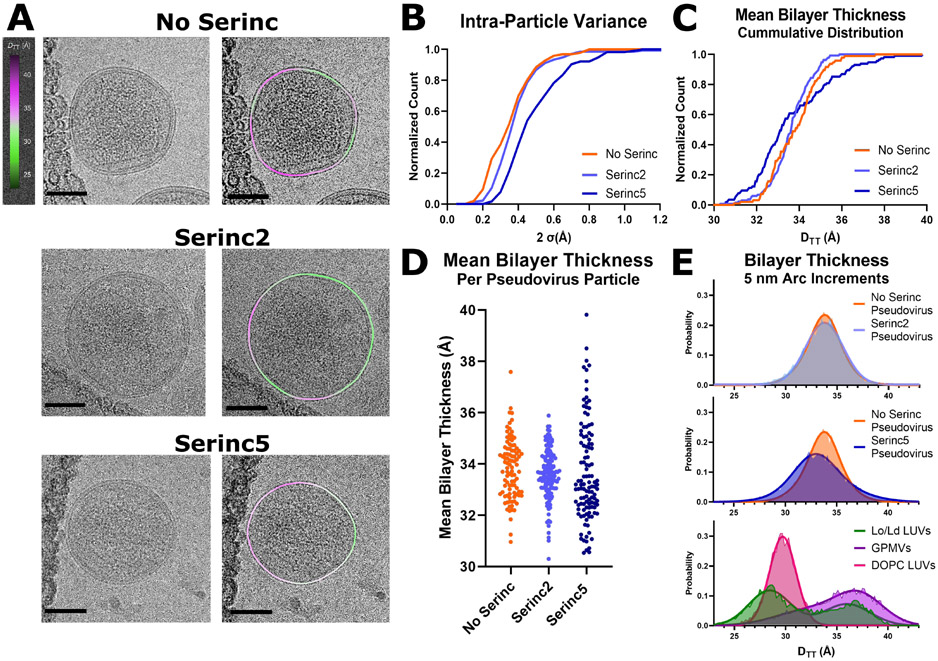Figure. 2. Serinc5 incorporation increases membrane heterogeneity and widens the thickness distribution of HIV pseudovirus particles as measured by cryoEM.
(A) Example micrographs (left) with membrane thickness (DTT) overlay (right) of HIV pseudoviruses prepared without Serincs (No Serinc), with Serinc2, or with Serinc5. The measured distances between intensity troughs (DTT) for 5 nm segments of the membranes were plotted as a smoothed, colored overlay according to the scale on the left. Scale bars are 50 nm. (B) 95% confidence intervals of the mean bilayer thickness (DTT) of individual HIV pseudovirus particles plotted as a cumulative distribution function. Mean membrane thickness (DTT) of individual HIV pseudoviruses plotted as a cumulative distribution function (C) and as a bee swarm plot (D). Each point represents one pseudovirus particle. Data are combined from at least two independent preparations of pseudoviruses with over 100 viral particles analyzed for each condition. (E) Normalized distributions of membrane thickness (DTT) measurements of 5 nm segments of HIV pseudovirus, LUV, or GPMV membranes with double Gaussian fits. 1-phase LUVs were composed of DOPC/POPG (95/5 molar ratio) and 2-phase LUVs were composed of a 40/20/35/5 ratio of DPPC/chol/DOPC/POPG. LUV and GPMV distributions reproduced with permission from 34.

